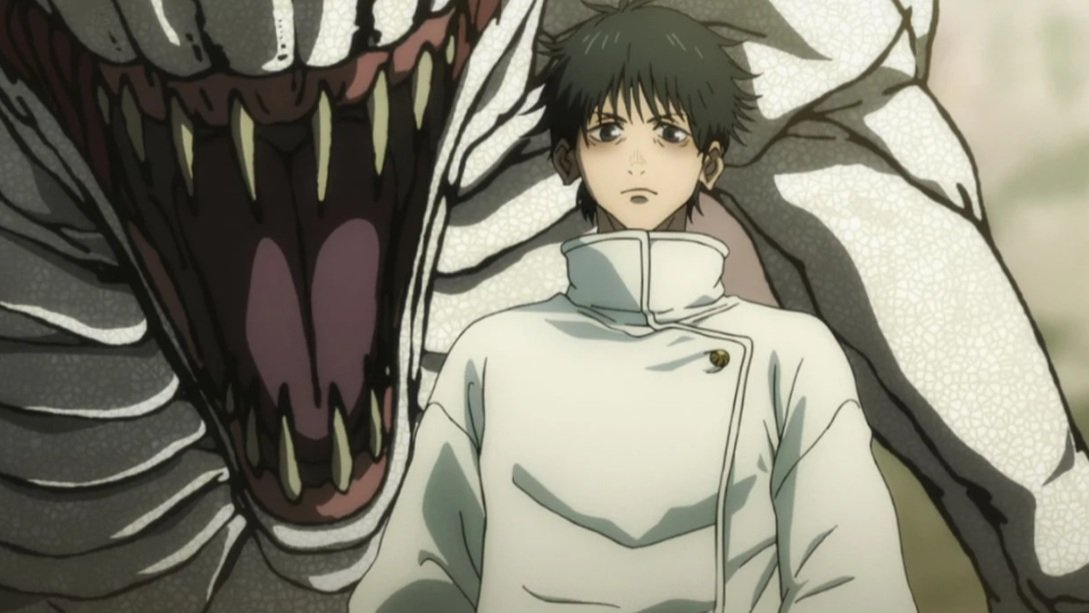Review: The Devil and Father Amorth
Documentaries are a tricky genre to get right when you've been working on fiction for most of your career. Becoming the silent observer, rather than the controlling storyteller, is a hard role reversal. It's especially difficult if you're as completely self-absorbed as William Friedkin.
Unfortunately, Friedkin himself is by far the biggest problem with The Devil and Father Amorth, because he cannot stay impartial or off-camera for more than five seconds at a time. His consistent hovering over the story takes many forms throughout the brief sixty-eight-minute runtime, from the tons of voiceover to his on-screen presence in every interview. When an interpreter has to go between him and Cristina, the woman being exorcised, he even goes to the length of editing out the interpreter and adding his own voice back in, rather than simply adding subtitles. He even dedicates valuable time from this short documentary to do awkward little talking head segments where he rambles on about something (and when I say "something" I, of course, mean "himself") in front of iconic Georgetown locations from The Exorcist. The peak moment of all this is when he stands in front of the exterior house set and humble-brags about the fact that The Exorcist is Father Amorth's favorite film of all time. Ugh. It's all so incredibly heavy-handed and gratuitous that it feels like you're watching a TV movie that belongs on late-night programming on The Learning Channel, not a supposedly fascinating documentary from a well-known and respected filmmaker that's making the festival rounds.
The result of Friedkin's self-centered filmmaking is that he's quickly and thoroughly discredited in the audience's eyes. Thanks to this clearly self-serving attitude, things become harder to swallow in the second half of the film. After it becomes clear that Friedkin will go back and edit things to serve his purposes better, the change in Cristina's voice during the exorcism feels disingenuous, even after multiple doctors attest that the footage isn't altered. Then, he completely jumps the shark with the tale of a later encounter with Cristina, which is a wildly outlandish story, where his account of her possession is very unlike anything we've seen from her on-camera. The cherry on top here, of course, is that it all went conveniently unfilmed. Friedkin explains that he thought it would be disrespectful to bring a camera into that particular place of worship, which is an interesting excuse from the same narrator who showed the entirety of an intimate exorcism only minutes before.
The injustice of it all is that this subject matter deserves such better treatment and much more respect. The premise of The Devil and Father Amorth is one that's immediately gripping, and with the right person in control, it wouldn't be hard for this material to live up to the promise therein. The middle portion of the documentary, in which the exorcism takes place mostly uninterrupted, is a truly compelling experience that'll make any viewer feel like they should be praying along, both for Cristina and their own protection from these evil forces within her. Wisely, the subtitles are used sparingly as to not distract from the physicality of the exorcism, and the presence of family reminds us of a very important fact that we can tell Friedkin lost somewhere along the way: These are real people with real lives. Cristina has a normal life she needs to get back to and loved ones who want her to get better with all their hearts. Father Amorth is a kind-hearted man who loves helping and healing other people with prayer and humor. Instead of respecting the fully-rounded nature of these people, Friedkin's tone treats Cristina as if she's actually spitting pea soup and discards Father Amorth on the proverbial staircase.
The filmmaking priorities on display are so out-of-whack that it can leave a viewer reeling by the time it's all said and done. It takes a considerable amount of effort to craft a more unlikable on-screen persona than the person screaming "I AM SATAN," but in The Devil and Father Amorth, William Friedkin manages to become the villain in his own story.














